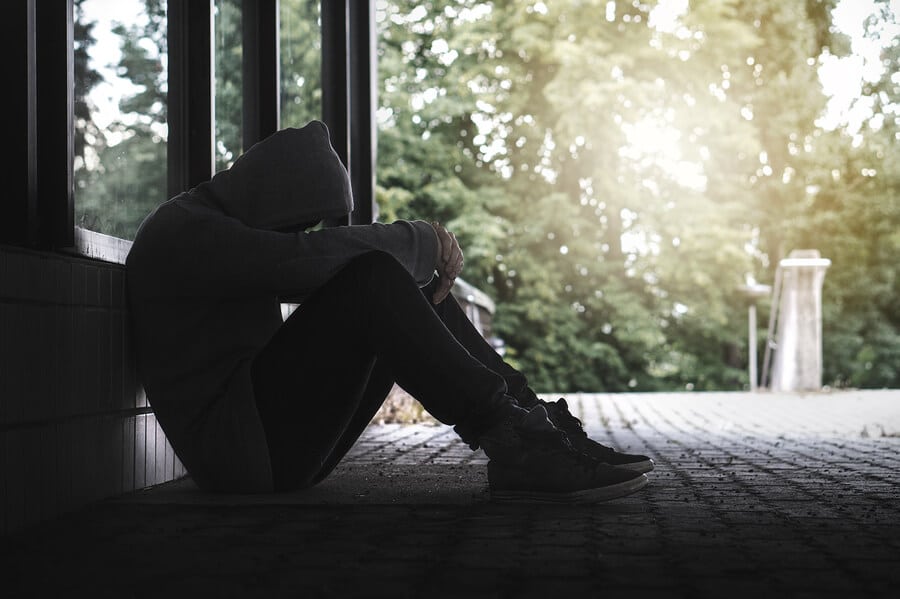
What Is the Addiction Severity Index? – The Addiction Severity Index (ASI) was developed in the 1980s and is now used internationally as a baseline measurement of the severity of problems associated with substance abuse. The index assesses medical conditions, employment status, substance use frequency, legal troubles, family or social struggles, and the presence or absence of mental health conditions.
This “big picture” assessment can be instrumental for the development of a comprehensive treatment plan that addresses problems related to the six primary categories assessed by the ASI. The Addiction Severity Index was developed by A. Thomas McLellan, who was known for his pioneering work in the field of substance abuse treatment and the development of two interview-based approaches to measure addiction severity and treatment needs—the ASI and the Treatment Services Review (TSR).
What Does the Addiction Severity Index Measure?
As noted, the ASI measures the following:
- Levels of alcohol or drug use
- Family and social factors
- Mental health disorders
- Employment and support status
- Legal Issues that arise from substance abuse
- Medical issues associated with substance abuse
Each category is given a rating based on patient responses in order to determine its importance relative to substance abuse. For example, questions regarding health issues measure the significance of these issues and their duration, as well as the identification of medications used to treat these issues.
These ratings also determine whether continued care for these particular issues may be needed during substance abuse treatment. Other important factors, such as socioeconomic status and religious preferences, will be also be reported.
What Happens During an Addiction Severity Index Interview?
During the course of an ASI interview, a patient is asked to assess his or her own perception of the intensity of the issues described, as well as his or her unique treatment needs relative to those issues. Someone who has struggled with sustaining gainful employment for a long time, for example, might benefit from employment counseling or professional training.
The typical ASI interview can be completed in about an hour, and usually occurs at the time of admission to an addiction treatment facility. These interviews have shown that examination of the underlying issues related to addictive behaviors (as opposed to the addiction specifically) help treatment providers develop more integrated and successful treatment plans.
Instead of comparing differences among substances of abuse, experts compare individuals with similar risk factors among specific demographics. Follow up interviews often occur at 30-day intervals and can provide researchers with additional valuable data.
The ASI As a Measure of Treatment Outcomes

Information collected during an ASI interview is often reviewed at a later date and examined to ascertain whether certain treatments have proven to be more or less effective. Evaluating treatment outcomes is one method addiction professionals use to improve treatment options for persons from a broad range of socioeconomic backgrounds suffering from specific addiction types at various levels of severity.
The ASI can also be used as a means to evaluate the success of pharmacotherapy and psychotherapies often used as part of a comprehensive treatment approach. These measurements can be invaluable in improving patient care and increasing the likelihood of successful treatment outcomes.
Similarly, individual treatment facilities can compare data from the baseline interview to interviews performed throughout the stay. These comparisons help treatment providers identify areas of strengths and weaknesses within their programs.
The ASI and Customized Treatment Plans
Addiction Severity Index data is one tool that addiction treatment providers have to evaluate the individual needs of those who seek recovery. Today, more than ever before, a person entering treatment is not only assessed for their addiction-related needs but also deeper, underlying issues. These issues contribute to the development of addiction and dramatically increase the likelihood of relapse if left unaddressed.
The development of a customized treatment plan ensures that the person in recovery will receive a full spectrum of care. Proper treatment should improve the client’s overall health, as well as provide them with the resources they need to prevent relapse and mend broken or strained relationships with family and friends.
You can find a copy of the Addiction Severity Index here.
Getting Help for Addiction
If you are suffering from a substance use disorder, you are not alone. Unfortunately, these conditions are remarkably prevalent. For this reason, thousands of treatment centers across the U.S. have been established to lend a helping hand to individuals like you.
Harmony Treatment and Wellness employs highly-skilled addiction professionals who provide services clinically-proven to be beneficial for the recovery process, including behavioral therapy, counseling, group support, and more.
Our team of caring specialists is dedicated to helping each client achieve recovery by providing them with the tools and support they need to prevent relapse and sustain long-term sobriety and wellness.
You don’t have to suffer alone! Call us today to discuss treatment options and learn how we can help you break the cycle of addiction for the rest of your life!


















